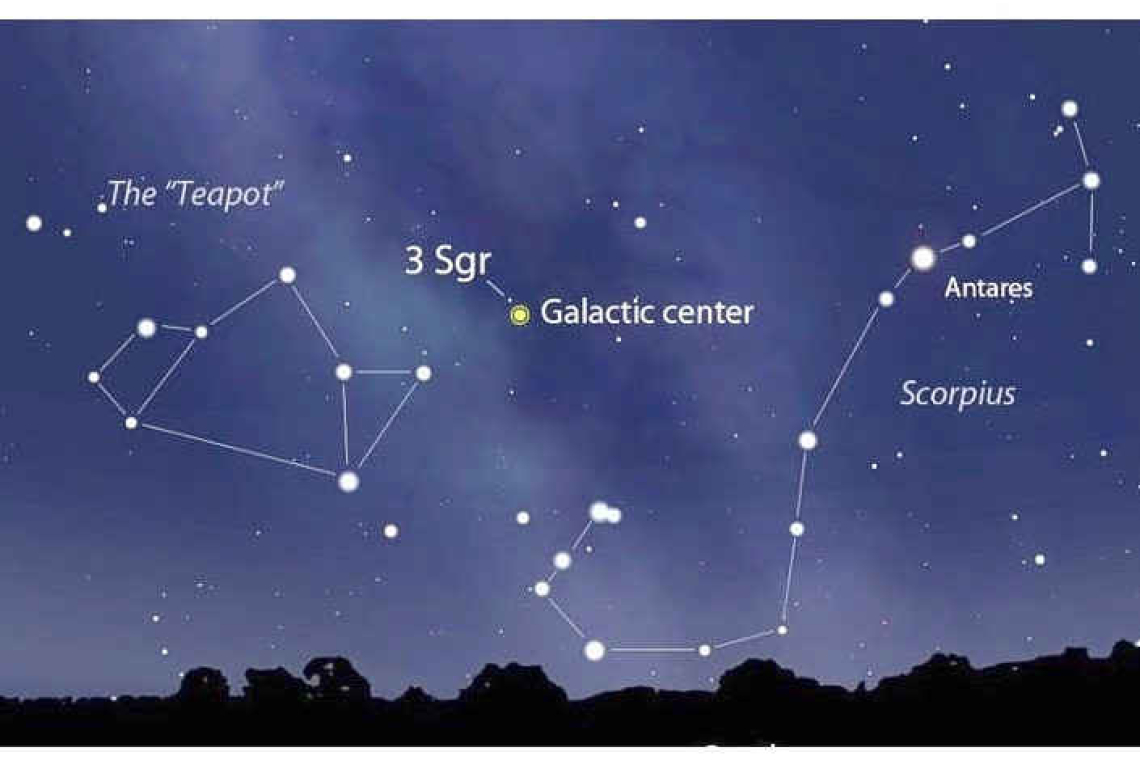~ St. Maarten’s Backyard Astronomy for August 23 - 25 ~
Sun rises at 5:56am
Sun sets at 6:31pm
Lunar phase: waning gibbous
Moon rises at 10:10pm, Saturday
Moon sets at 10:32am, Sunday
This weekend, the moon rises in the late evening and lingers throughout the night, not setting until midmorning the following day. This weekend, we find the moon in its gibbous phase, often described as egg-shaped. Nevertheless, we can find beauty in our gibbous moon and if you view it with a pair of binoculars, the terminus line, which separates the lit side from the dark part, offers a great view of the lunar surface. The low angle of sunlight provides great shadow play, so the relief is better appreciated.
Venus is currently our “evening star” – yes, we all know it’s really a planet, but the term is something that evokes our ancestors’ understanding of the sky and the gut-level meaning of what we see up there. Venus sets early, by 7:30pm this weekend, so spend your twilight time searching the western horizon, you are sure to find our sister planet shining brilliantly there: Sister in size and mass, but not in liveability. Indeed, Venus may have the reputation of being the goddess of love, but reality on her surface is much more akin to hell. Intense heat and crushing atmospheric pressure, not to mention metaphorical fire and literal brimstone (i.e., sulphur) abound.
Saturn rises from the eastern horizon around 7:30 Saturday night. This is another great target for your binoculars. Jupiter and Mars are still in a tight conjunction located between the horns of Taurus the Bull. Look for them rising in the east around 1:00am Sunday.
If you don’t mind stargazing at the very late or rather extremely early part of the dark hours, look east for Orion to rise up. About an hour after that, so say 3:30am, the brightest true star of our entire sky will grace our heavens. The sight of Sirius, also known as the “Dog Star”, is a signal to sky watchers that the seasons are soon to change. Summer will soon fade into Autumn in our northern hemisphere. Sirius is not only our brightest star; it often appears to twinkle madly. This is due to its intense brightness combined with the fact that when it’s low in the sky, the light dances through our atmosphere (which is a longer journey to our eye when the star is low, making the atmosphere relatively thicker). The result is that it shines with glints of red and flashes of blue.
Thank you for keeping up with the Night Sky articles, backyard astronomy designed for St. Maarten sky viewing. FYI: If you are out later on in the week, note that each star rises about four minutes earlier each day than written here, and the moon rises 50 minutes later. Night Sky is researched and compiled by Lisa Davis-Burnett. Earthsky.org is a key resource for information and images. Questions or comments? Email This email address is being protected from spambots. You need JavaScript enabled to view it..







